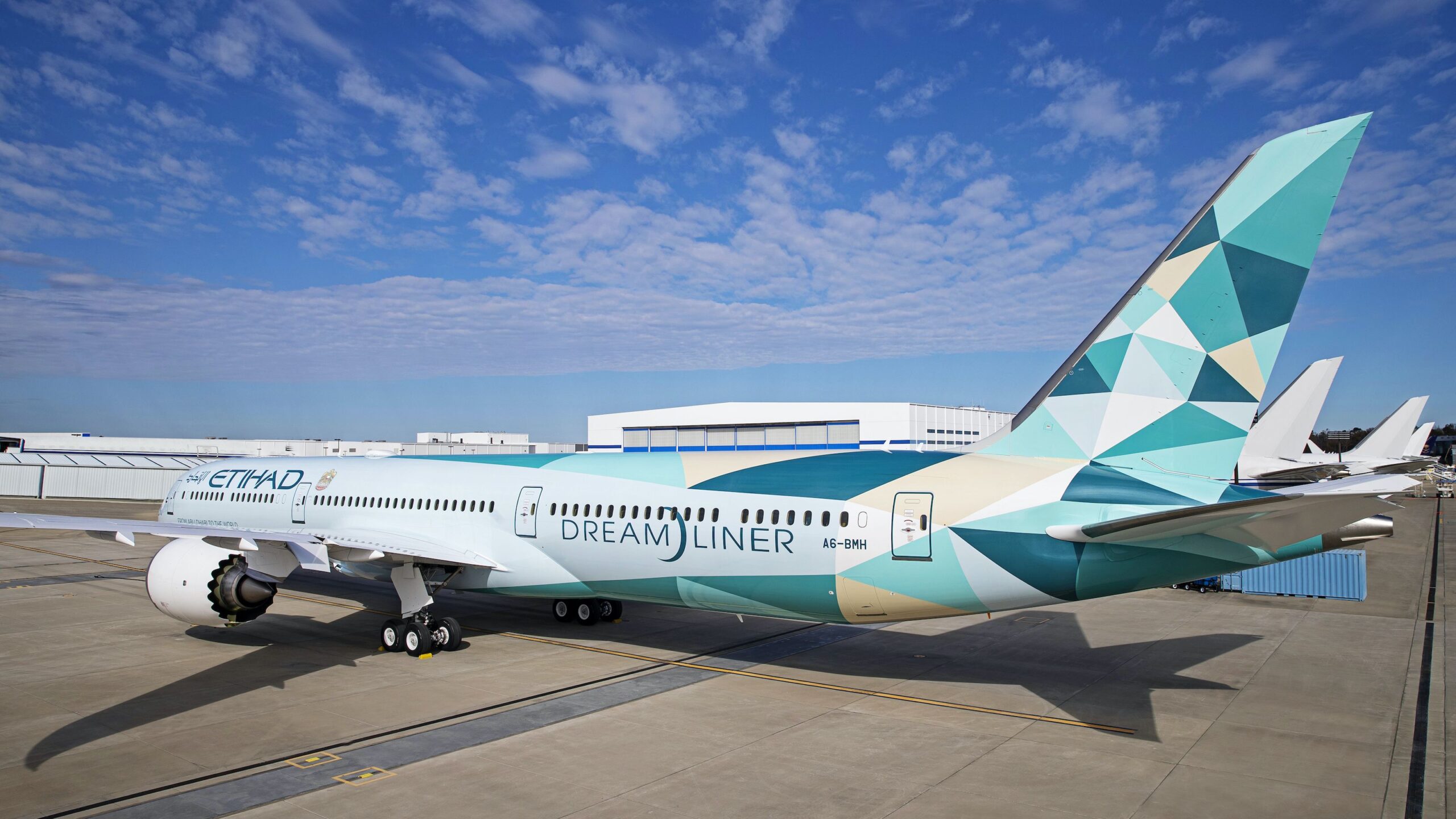
When was the last time you booked a flight and thought about its environmental impact? If you’re like most of us, probably not often. Air travel is convenient, but it also leaves behind a hefty carbon footprint. With climate change becoming a pressing concern, many airlines are stepping up their efforts to make flying more eco-friendly.
Fuel Efficiency: Doing More With Less
One of the biggest culprits behind airline emissions is fuel consumption. Airplanes burn through thousands of gallons of fuel per flight, and the emissions from that fuel contribute significantly to global CO2 levels. To tackle this, airlines are working hard to improve fuel efficiency.
Modern aircraft, such as the Boeing 787 Dreamliner or Airbus A350, are designed with lightweight materials and aerodynamic features that allow them to fly farther using less fuel. These planes consume up to 25% less fuel compared to older models, which translates into fewer emissions per passenger.
Additionally, some airlines are experimenting with alternative fuels like biofuels. These fuels are made from renewable sources, such as algae or waste products, and produce fewer emissions than traditional jet fuel. Though biofuels are still in the early stages of adoption, they show promise for making flights greener in the future.
Hydraulic Fluid: Small Changes for Big Gains
You may not realize it, but even small technical changes can make a big difference when it comes to reducing the carbon footprint of an airplane. One such example is the use of Skydrol hydraulic fluid. This synthetic fluid is used in the hydraulic systems of many aircraft and is known for its long lifespan and efficiency. By reducing the need for frequent changes and minimizing the wear and tear on hydraulic systems, Skydrol helps cut down on maintenance waste and fuel consumption, both of which contribute to lower overall emissions.
Carbon Offsetting Programs: Buy a Ticket, Plant a Tree?
While airlines work on reducing emissions, they’re also offering passengers a chance to help offset their carbon impact. Carbon offset programs allow travelers to contribute to environmental projects, such as reforestation, renewable energy initiatives, or methane capture, that compensate for the emissions generated by their flights.
Some airlines even offer this as an option during the booking process. You can pay a small fee, and that money goes directly to a project that reduces carbon elsewhere in the world. It’s not a perfect solution, but it’s a step toward balancing the environmental cost of flying.
Lighter Aircraft, Less Fuel
Believe it or not, one of the easiest ways to make flights more eco-friendly is simply by lightening the load. The lighter the plane, the less fuel it burns. This is why many airlines are looking into ways to reduce weight on their aircraft. From using lighter materials in seats to rethinking how in-flight catering is done, no stone is left unturned.
Even small adjustments like switching to lighter cargo containers or reducing the amount of water carried onboard can make a noticeable difference. Airlines have found that shedding just a few pounds can lead to substantial fuel savings over time, reducing emissions in the process.
Sustainable In-Flight Practices: Green Above the Clouds
Beyond just the mechanics of flying, airlines are also looking to make the in-flight experience more sustainable. Have you noticed any changes on your recent flights? Many airlines are ditching single-use plastics in favor of biodegradable alternatives. Water bottles, utensils, and even food packaging are being swapped out for greener options.
Some airlines have even started introducing zero-waste flights, where every item on board is either compostable or recyclable. It’s a shift that takes time to implement, but it’s all part of the broader goal to reduce the environmental impact of air travel beyond just the fuel used to get from point A to point B.
Cleaner, More Efficient Airport Operations
It’s not just the planes themselves that are becoming more eco-friendly – airlines are also focusing on improving ground operations. Airports are enormous hubs of activity, and all of that energy use adds up. Many airlines are now adopting electric ground vehicles to cut down on fuel use at airports. From baggage carts to pushback tractors, electric vehicles are replacing their diesel-powered counterparts, which not only reduces emissions but also cuts down on noise pollution.
Another exciting development is the increasing use of renewable energy to power airports. Solar panels, wind turbines, and other forms of green energy are helping to reduce the carbon footprint of airport operations, creating a cleaner and greener environment both in the sky and on the ground.
The Future of Flying: Electric and Hybrid Aircraft?
While most of the focus right now is on reducing fuel consumption and improving efficiency, the future of eco-friendly flying might look very different. Several companies are in the process of developing electric and hybrid aircraft, which could drastically reduce emissions in the coming decades.
Though fully electric planes are still years away from being mainstream, hybrid models could be introduced much sooner. These planes would combine traditional fuel engines with electric propulsion systems, much like hybrid cars. This could lead to significantly lower emissions and a greener future for air travel.
What Can You Do?
While airlines are working hard to reduce their carbon footprint, as passengers, we can also play a role in making our air travel greener. Here are some ways you can make a difference:
- Choose Direct Flights – Flying direct cuts down on fuel and emissions.
- Pack Light – The lighter your luggage, the less fuel is required.
- Offset Your Carbon – Many airlines offer easy options for you to offset your flight’s emissions.
- Support Eco-Friendly Airlines – Some airlines are more committed to sustainability than others. Do a bit of research before booking.
Every small change adds up. So next time you book a flight, think about the ways you can help reduce your environmental impact. Together, passengers and airlines can make flying a greener experience.


